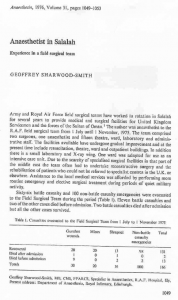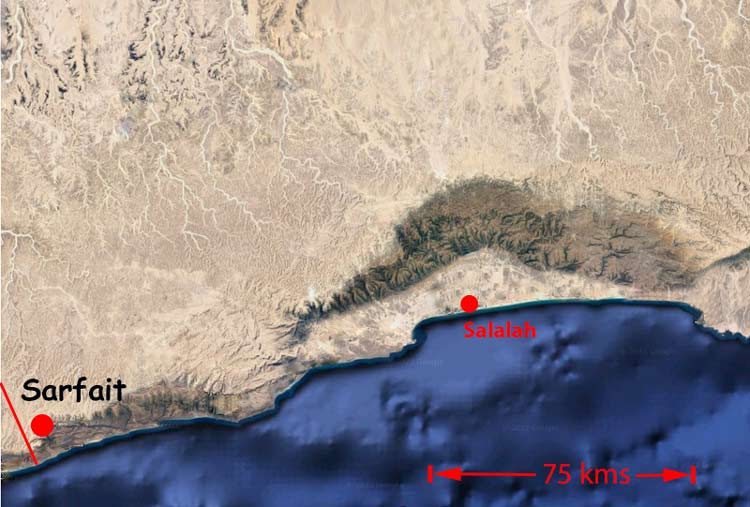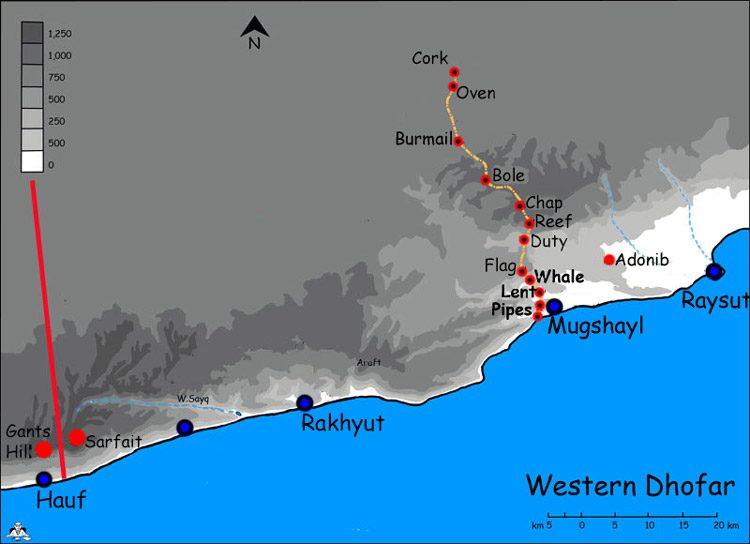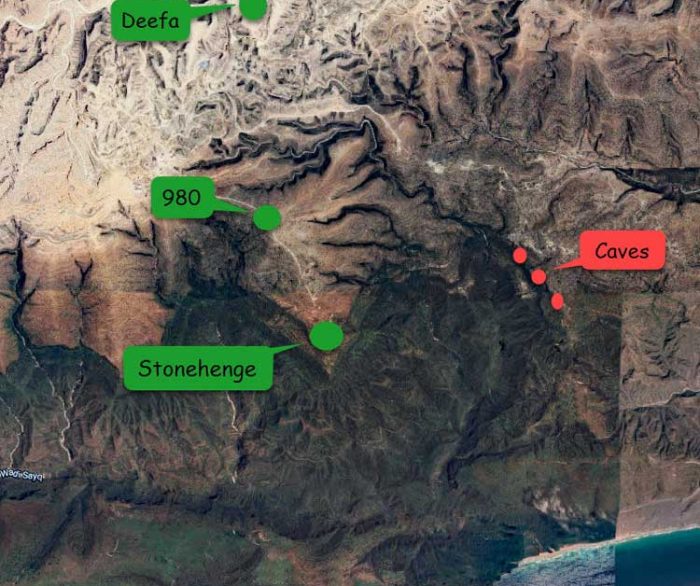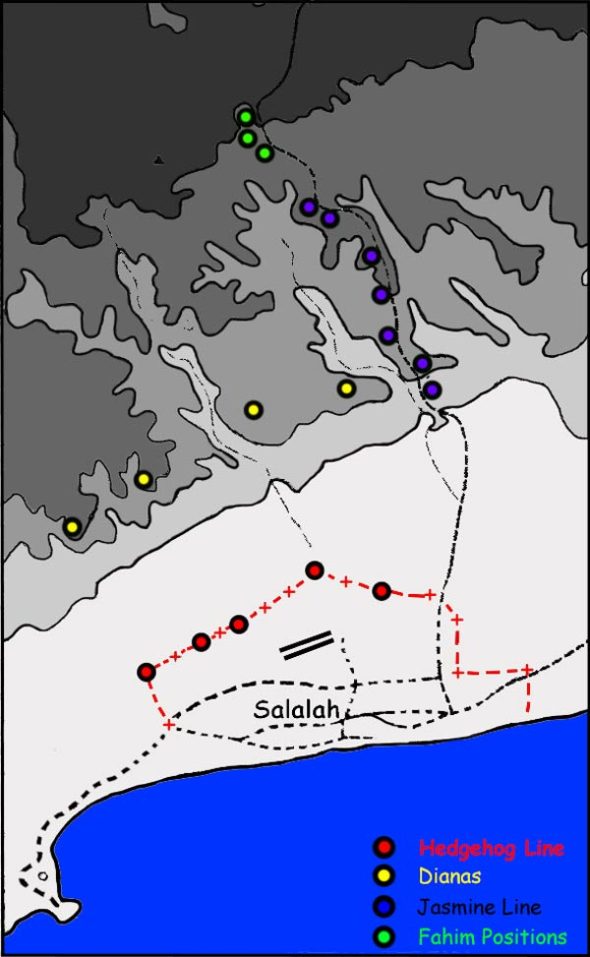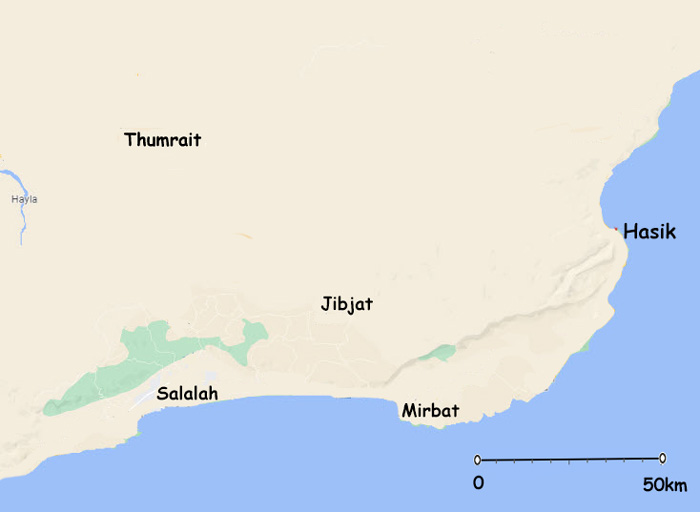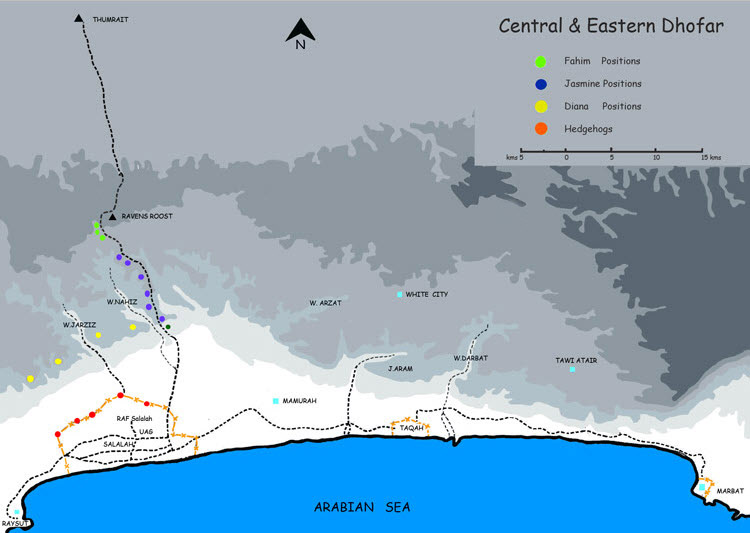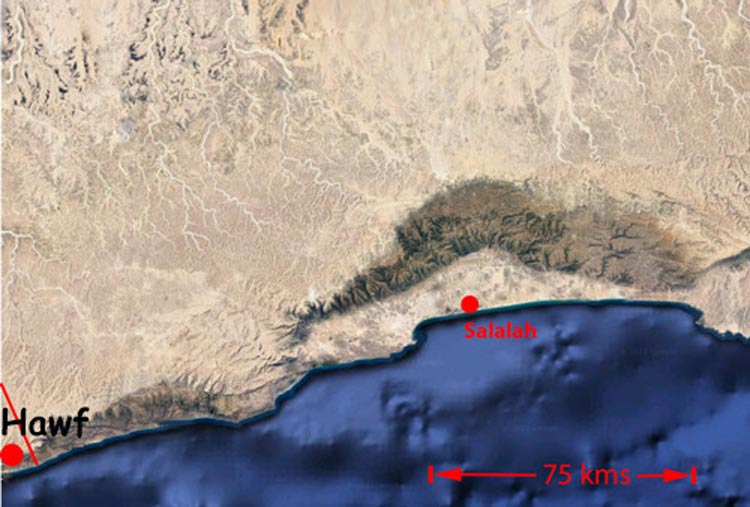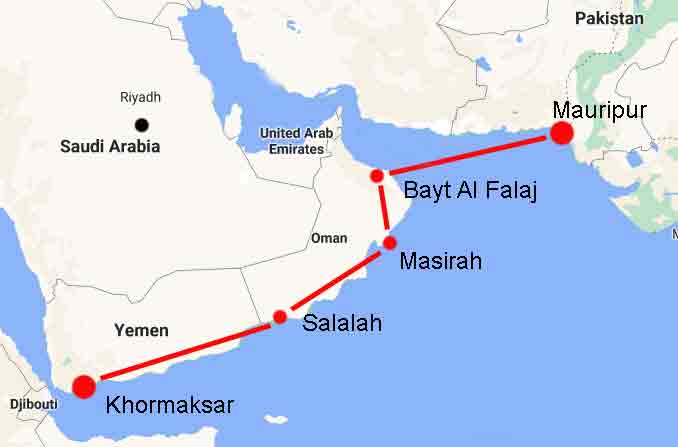
Anaesthetist in Salalah
This paper written by GeoffreySharwood-Smith is interesting for several reasons.
Two stand out.
- The FST by this time had become much better equipped. The quartermasters department at Ludgershall had clearly provided a scale of equipment which enabled the anaesthetist to undertake far more sophisticated interventions than in the past.
- The level of training of the anaesthetist was of a higher order than that in the spring of 1972. There are a number of reason for this possibly related to where the anesthetists were sourced from.
One might compare the training available to an anaesthetist in BMH Rinteln on the North German Plain or any other remote RAMC hospital for that matter with that in RAF Ely close up to Addenbrookes or even the London hospitals. Cynically one might suggest that the RAMC trained SSC anaesthetists to a level where they were useful knowing that investment would be lost to the services when their contract ended after five years; no point in giving them time off to train to consultant level unless there was a guarantee that they would remain in the army. However those who did have the opportunity for postgraduate training brought those benefits to Salalah.
